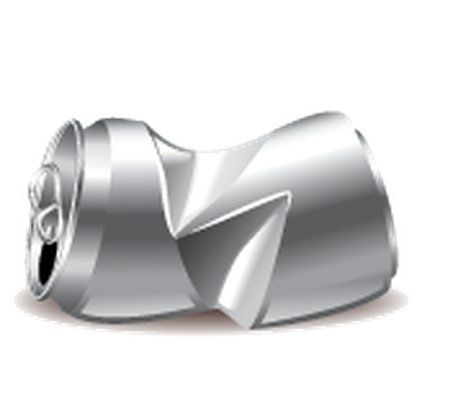What is it? This pre-processor is a Matlab .m file which generates node and element geometric input for common cold-formed steel decking sections for copying and pasting directly into CUFSM.
 |
| Fig. 1: Deck section |
What makes it useful? With only a few section dimensions, the pre-processor can generate accurate deck section geometries with either straight corners or curved corners. The user can adjust the number of elements per curved corner, and conduct quick sensitivity studies as to the effects of modeling curved corners in decking sections. In general, this tool significantly expedites and refines the process of inputting decking sections into CUFSM.
What do I need to use it? Matlab and CUFSM (run the .m file in Matlab first, then copy and paste the output into the CUFSM GUI).
Input parameters: The cross section dimensions, as shown in Figure 2, below, the thickness of the section (gauge), and the depth of the section (D = 0.98 inches for the section in Fig. 2).
 |
| Fig. 2: Required section geometry for pre-processor |
Output generated: Three text files, for direct copying and pasting into CUFSM. One file for nodal locations, one for elements, and one for length.
Download the tool: Here!
About the Tool Author: Randall Dudenbostel joined Complete Structural Consulting in May 2013. Mr. Dudenbostel’s duties include component design, stair design, handrail design, miscellaneous metals design, connection design, and structural design of buildings. In 2015, he presented his graduate research to the committee on specifications for the America Iron and Steel Institute, comparing the Effective Width Method to the Direct Strength Method when applied to various cold-formed steel deck sections. He plans to graduate with his master’s degree with an emphasis in structural engineering in the spring of 2016.
